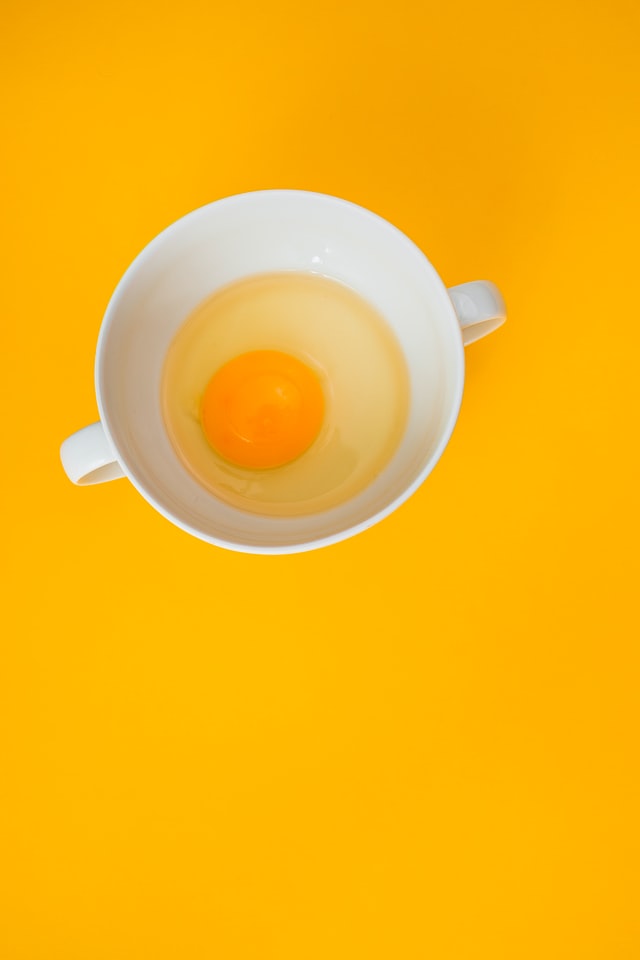If you’re trying to shed some weight, you know you have to find the balance between lowering your caloric intake and exercising enough to burn fat. But how do you stay feeling full on a rabbit-food diet?
Negative Calorie
A negative calorie food is one that takes more calories to eat and digest than it adds. The idea is, if you fill your plate with more negative calorie foods, you’ll still feel full despite no increase in your caloric intake. Negative-calorie foods are generally very low in calories, high in water content.
Examples:
Celery: 14 calories per cup, 95% water
Carrots: 52 calories per cup, 88% water
Lettuce: 5 calories per cup, 92% water
Cucumber: 8 calories per cup, 95% water
Other fruits and vegetables are commonly included in low or negative calorie foods.
Low Calorie, Nutrient Dense
There are many healthy, nutritious, lower calorie foods available that will pack more punch to give your body the energy it needs to keep up with your healthy lifestyle.
Examples:
Blueberries: 84 calories per cup, good source of vitamins C and K, manganese
Raspberries: 64 calories per cup, Vitamin C and manganese
Kale: 7 calories per cup, Vitamins A, K, C and minerals
Spinach: 7 calories per cup, Vitamins A and K, minerals
Salmon: 121 calories and 17 grams of protein per serving, Omega-3
Chicken breast: 110 calories and 22 grams of protein
Plain Greek Yogurt, fat-free: 100 calories and 16 grams of protein per 6 oz serving
Whole eggs: 78 calories and 6 grams of protein, vitamins, minerals and unsaturated fats
Pork Tenderloin: 91 calories and 15 grams protein per serving, B-Vitamins and minerals
Healthy fats contain more calories per gram than protein and carbs do, so many healthy-fat foods won’t be as low calorie as protein-based foods.
Now, eating only leafy green vegetables for a short time may help you shed a few pounds quickly, but it will not be sustainable at all! A diet soley made up of leafy greens will be lacking in many nutrients your body needs to function. Adding lower calorie, nutrient-dense foods like those listed above will help give you a well-rounded diet that provides variety for your meals, keep you on track in your fitness and health journey.
Don’t forget about fiber?
Fiber is an important component of a healthy diet, as it helps the body regulate sugars and keeps hunger in check, helping you feel full for longer. Adults need around 20-30 grams of fiber per day, but most Americans only get around 15 grams. There are two kinds of fiber, and both are important to keeping your body healthy!
Soluble Fiber
This form of fiber dissolves in water and helps to lower glucose levels and cholesterol levels. Foods high in soluble fiber include oatmeal, nuts, beans, lentils, apples and blueberries.
Insoluble Fiber
This form of fiber does not dissolve in water and helps food move through the digestive system, prompting regularity and prevents digestive and waste elimination issues. Insoluble fiber includes wheat, whole wheat breads, couscous, brown rice, legumes, carrots, cucumbers, tomatoes.
By ensuring you are consuming a balanced diet that includes nutrient-dense foods and adequate fiber, you pave the path to healthy weight management and a healthier, happier body!
